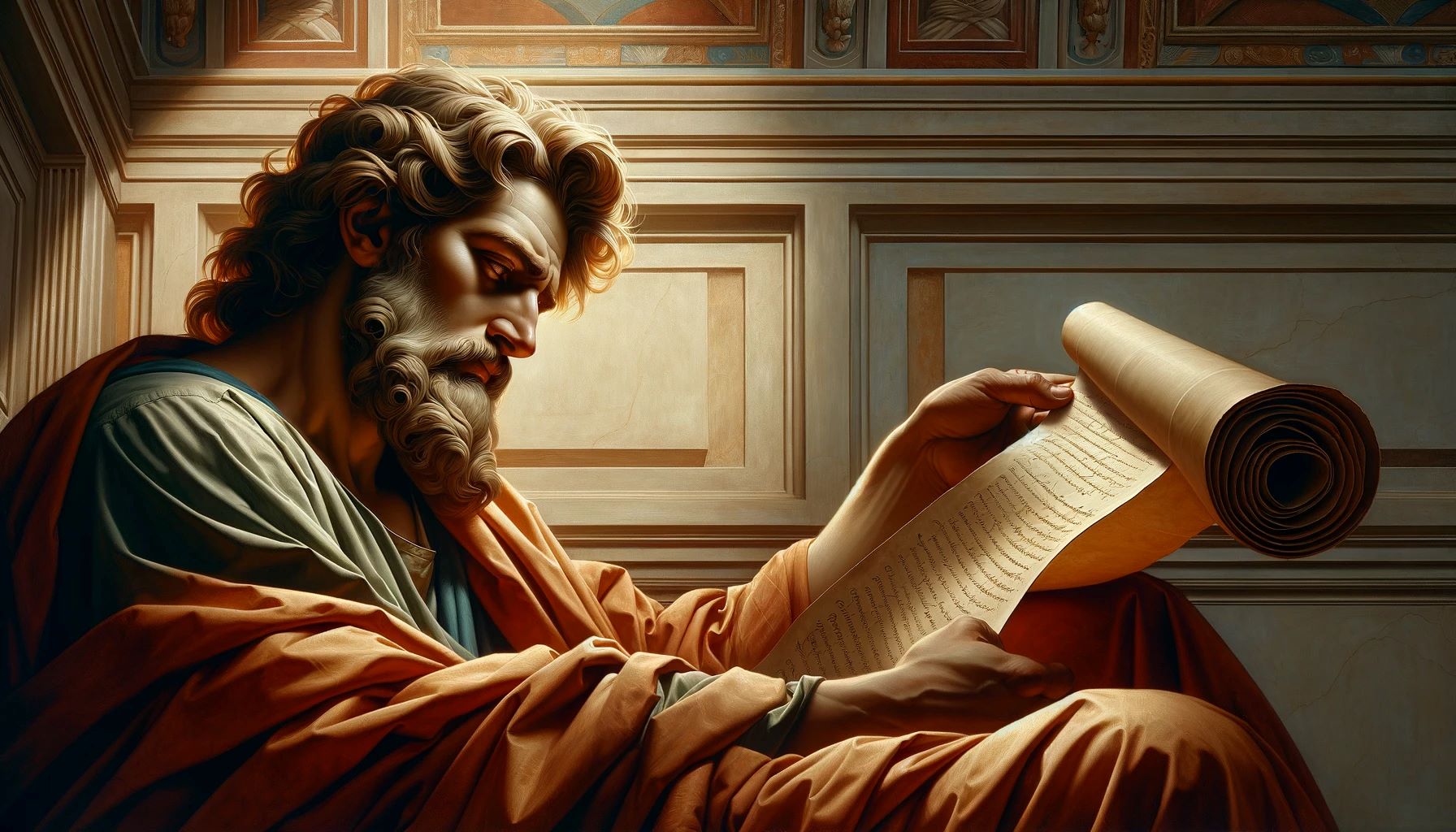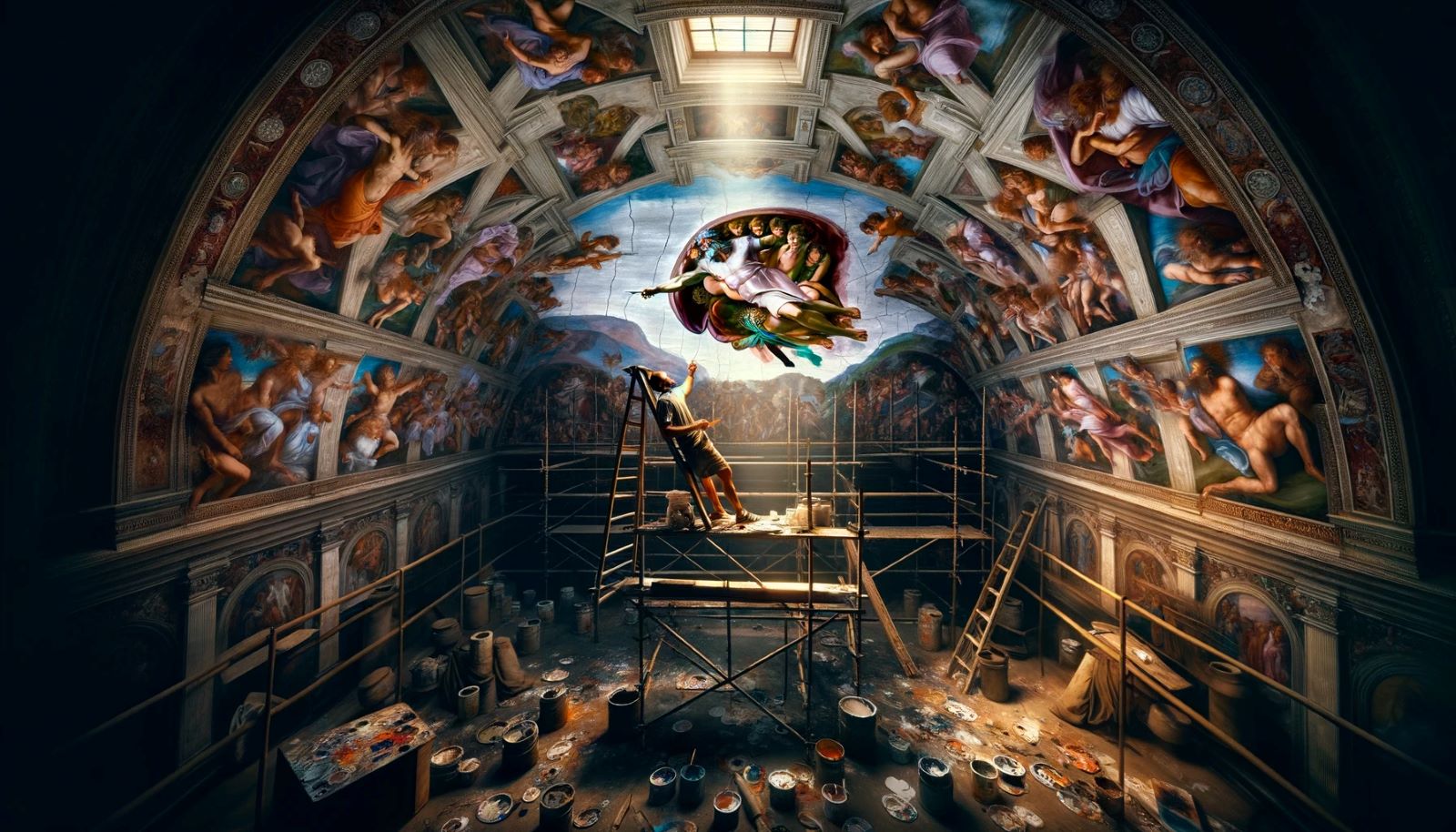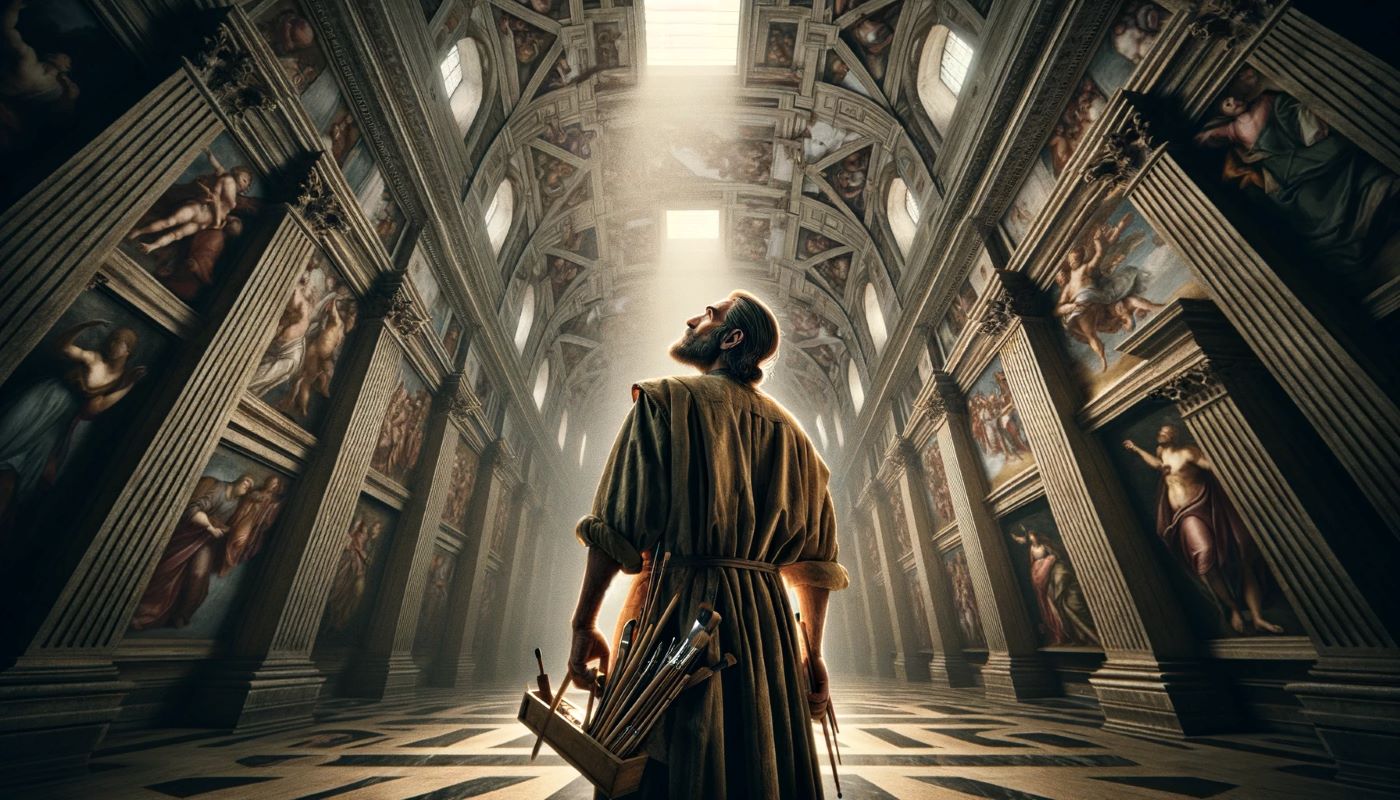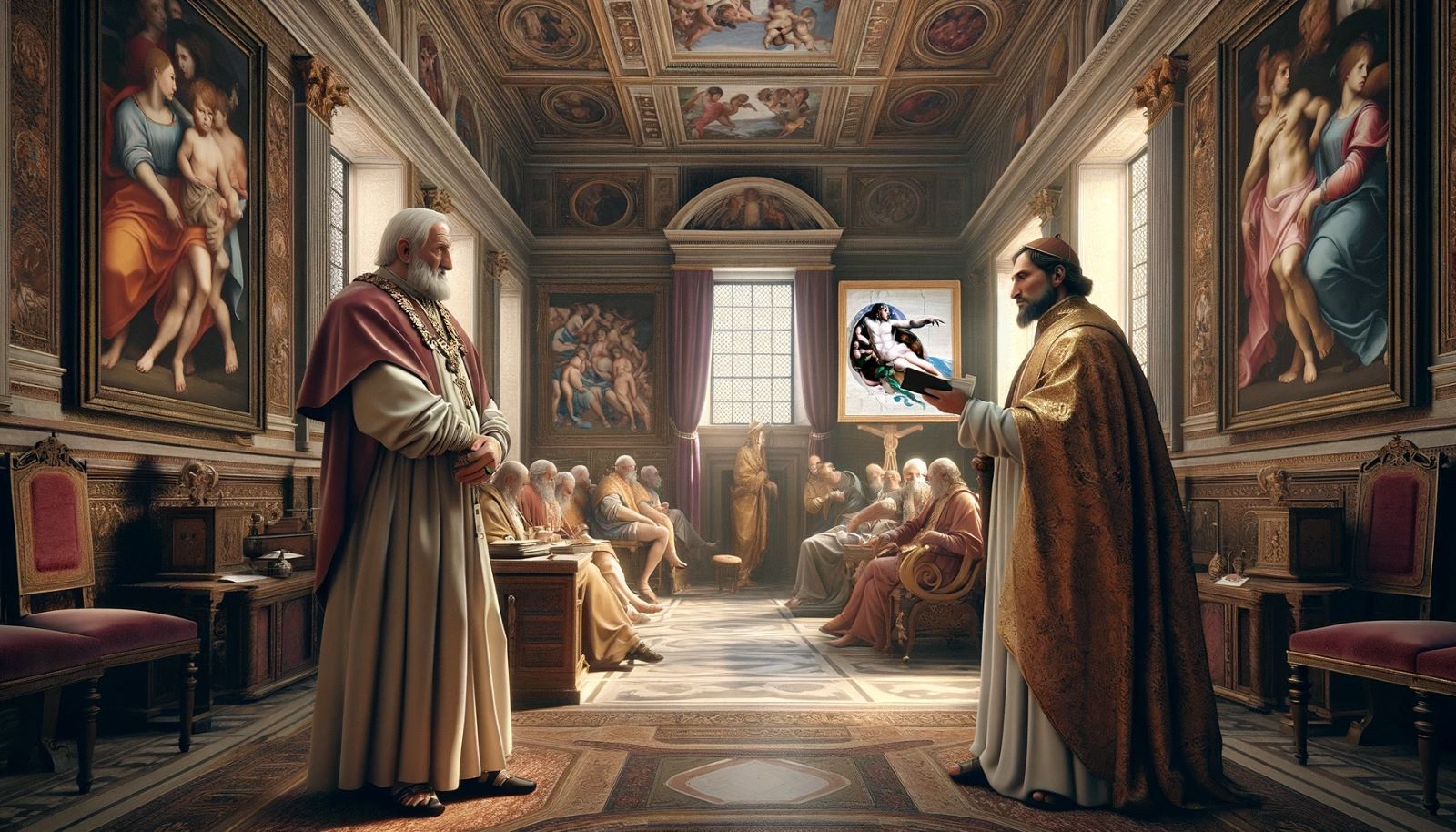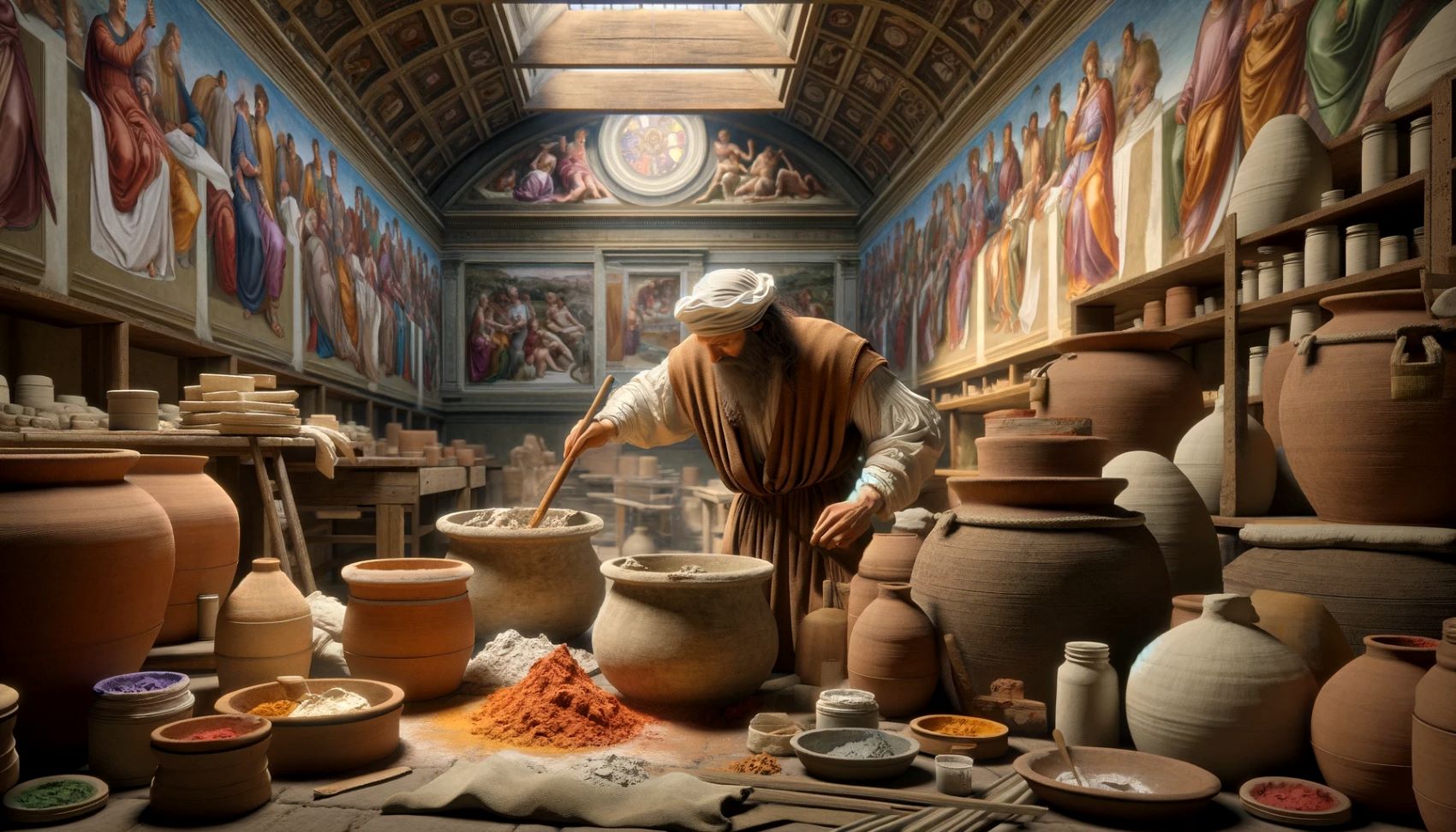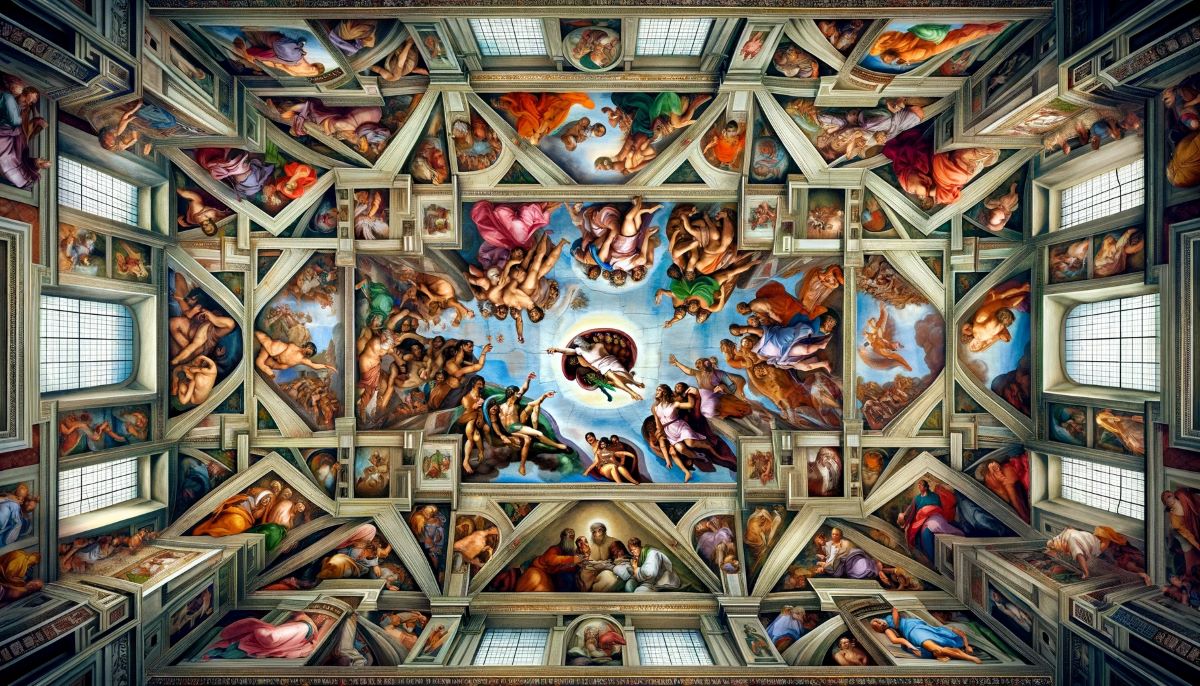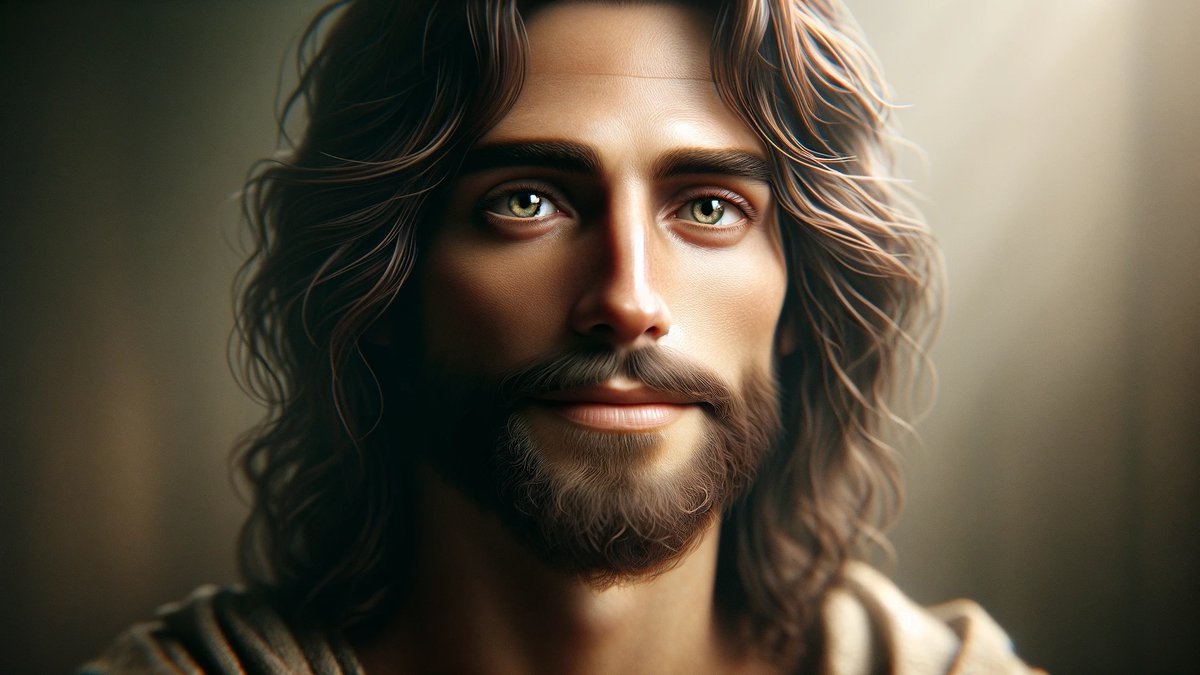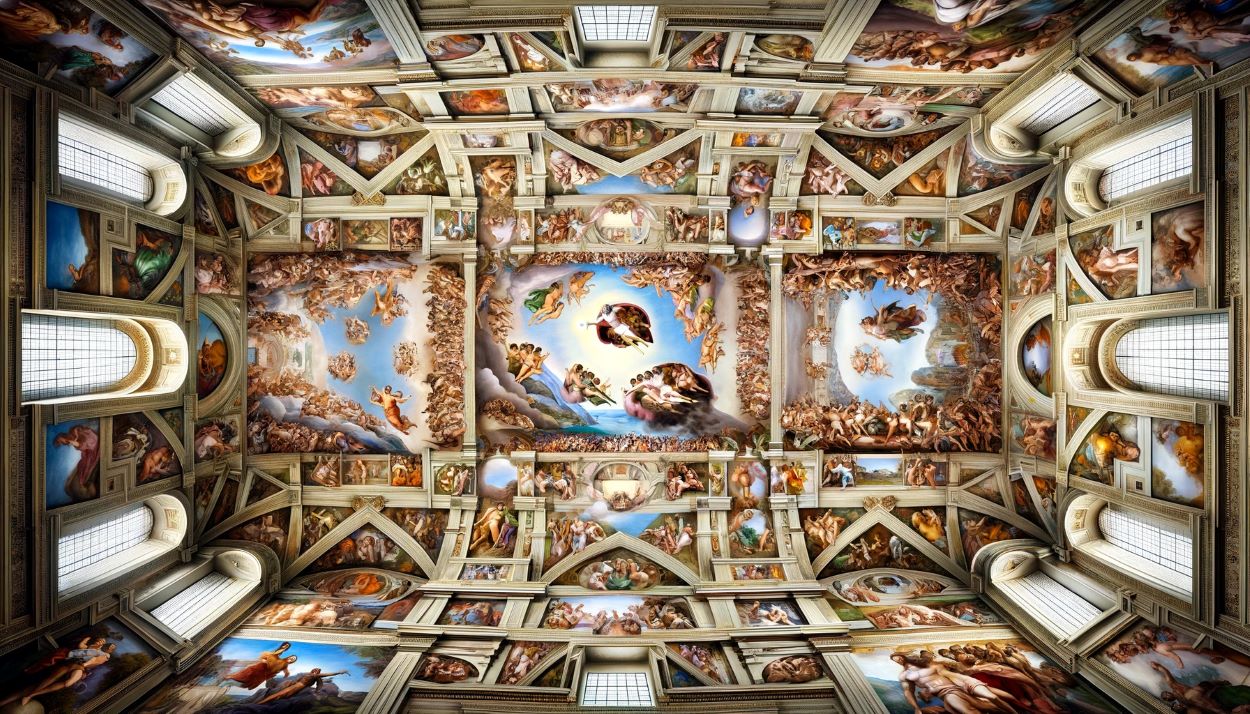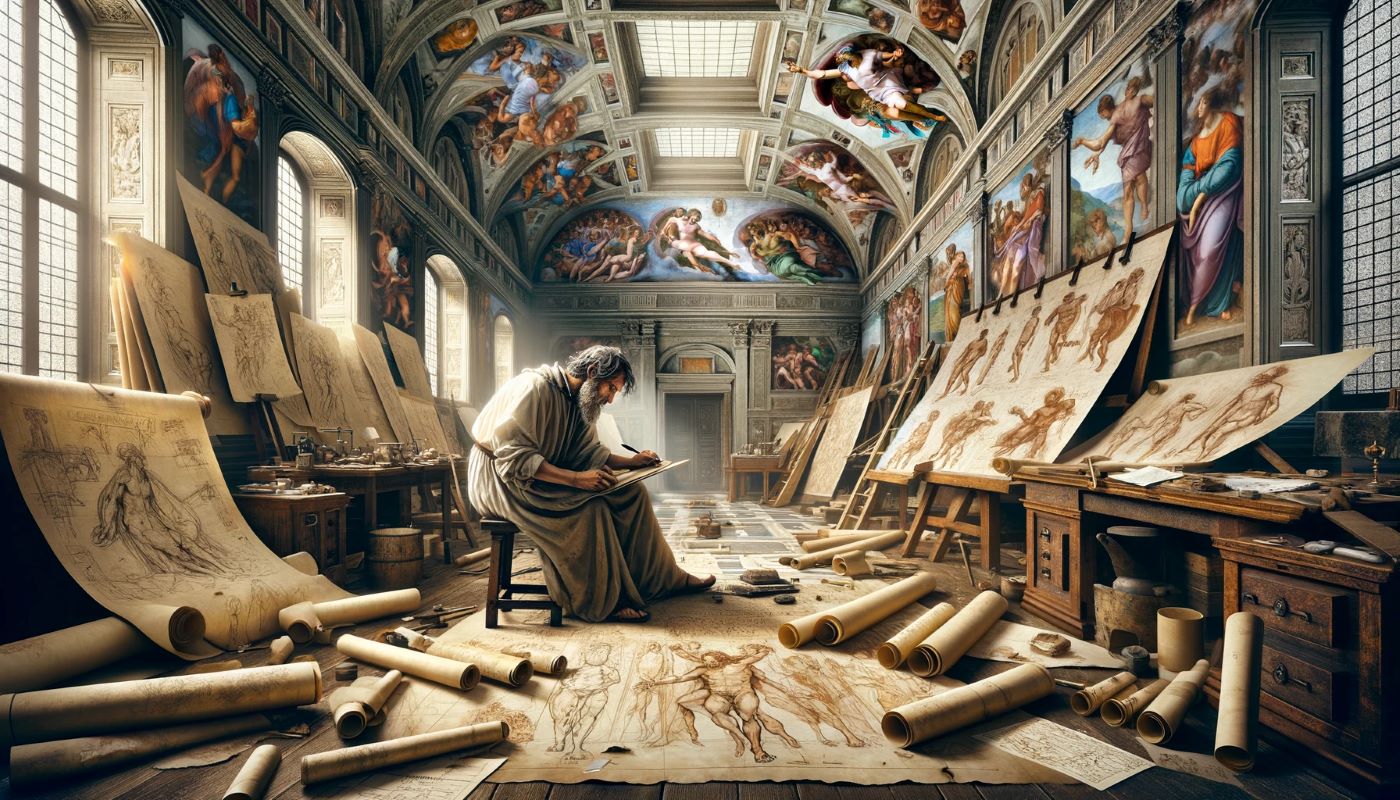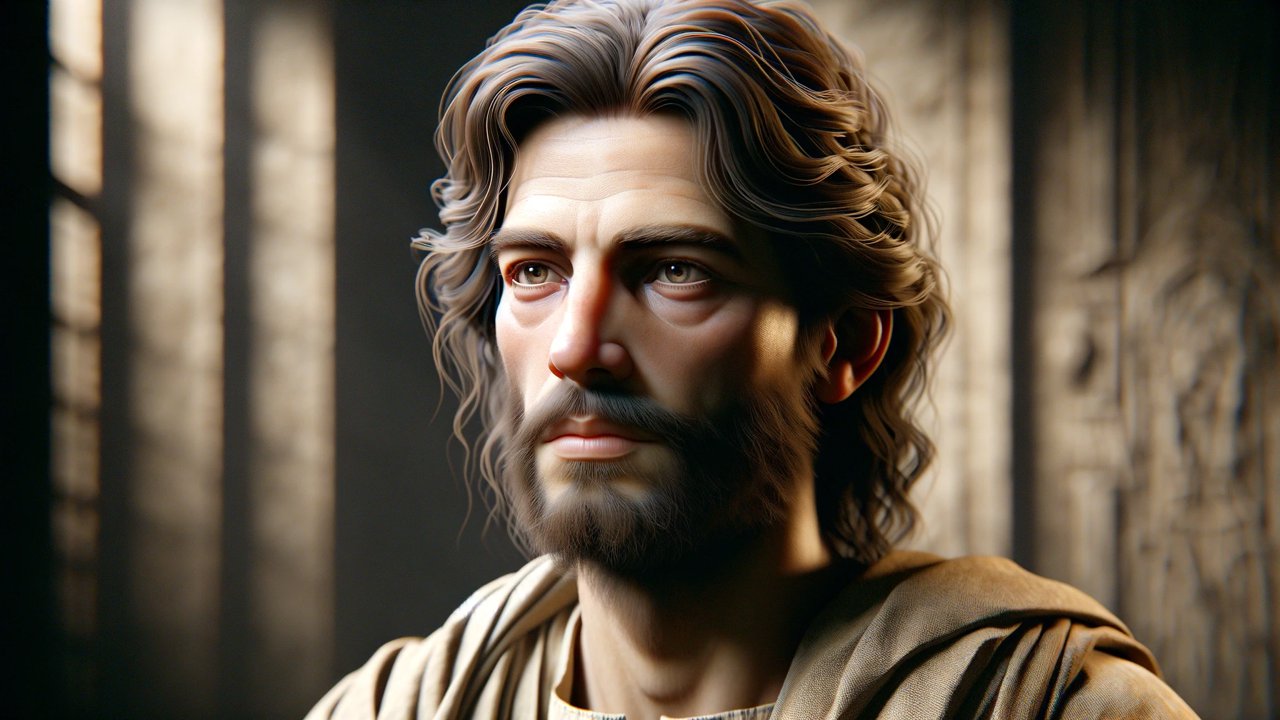Home>Arts and Culture>How Old Was Michelangelo When He Painted The Sistine Chapel?
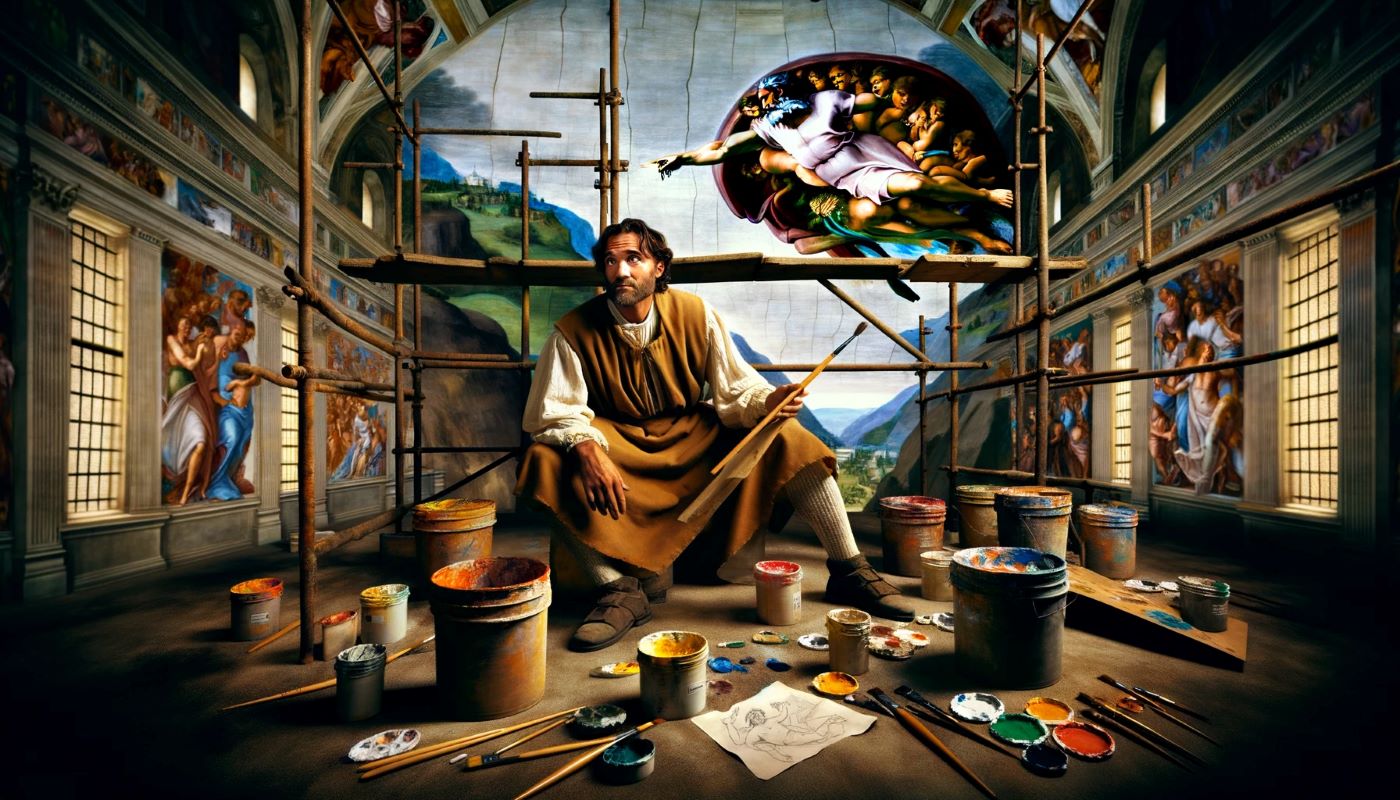

Arts and Culture
How Old Was Michelangelo When He Painted The Sistine Chapel?
Published: March 4, 2024
Peter Smith, Editorial Director at Christian.net, combines deep insights into faith, politics, and culture to lead content creation that resonates widely. Awarded for his contributions to religious discourse, he previously headed a major organization for religious communicators, enhancing dialogue on faith's societal impacts.
Discover the incredible story of Michelangelo painting the Sistine Chapel and his age at the time. Explore the intersection of arts and culture with this fascinating historical insight.
(Many of the links in this article redirect to a specific reviewed product. Your purchase of these products through affiliate links helps to generate commission for Christian.net, at no extra cost. Learn more)
Table of Contents
Early Life and Training of Michelangelo
Michelangelo Buonarroti was born on March 6, 1475, in Caprese, Italy. From a young age, he showed a keen interest in art and was encouraged by his family to pursue his passion. At the age of 13, he became an apprentice to the painter Domenico Ghirlandaio, where he honed his skills in drawing, painting, and sculpting. This early exposure to the world of art laid the foundation for Michelangelo's future as one of the most renowned artists of the Italian Renaissance.
As a teenager, Michelangelo caught the attention of Lorenzo de' Medici, the ruler of Florence, who invited him to live and study at the Medici palace. It was during this time that Michelangelo was exposed to the works of the ancient Greeks and Romans, which greatly influenced his artistic style. He studied the human form and anatomy, which would later become a hallmark of his work.
Michelangelo's training was not limited to painting and drawing; he also developed a passion for sculpture. At the age of 21, he created the famous sculpture "Pieta," which depicted the body of Jesus on the lap of his mother Mary after the Crucifixion. This masterpiece brought him widespread acclaim and solidified his reputation as a master of his craft.
In his early 20s, Michelangelo moved to Rome, where he continued to refine his skills and expand his artistic horizons. His talent and dedication to his work caught the attention of Pope Julius II, who commissioned him to create a grand tomb that would showcase his artistic prowess. This marked the beginning of Michelangelo's illustrious career as a painter and architect, setting the stage for his iconic work in the Sistine Chapel.
Michelangelo's early life and training laid the groundwork for his future achievements, shaping him into the visionary artist who would leave an indelible mark on the world of art and culture.
Commission and Preparation for the Sistine Chapel
-
Commission from Pope Julius II: In 1508, Pope Julius II commissioned Michelangelo to paint the ceiling of the Sistine Chapel. The pope was inspired by the idea of adorning the chapel's ceiling with intricate frescoes depicting scenes from the Bible, creating a space that would inspire awe and reverence among the faithful.
-
Preparation and Planning: Before embarking on the monumental task, Michelangelo spent considerable time studying and planning the composition of the frescoes. He immersed himself in the scriptures, seeking inspiration for the themes and narratives that would adorn the chapel's ceiling. This meticulous preparation was essential to ensure that the artwork would convey the intended religious messages with clarity and depth.
-
Technical Challenges: The Sistine Chapel presented unique challenges for Michelangelo. The curved surface of the ceiling required him to adapt his painting techniques to accommodate the architectural nuances of the space. Additionally, working on such a grand scale posed physical challenges, as Michelangelo had to paint while lying on his back for extended periods, testing the limits of his endurance and skill.
-
Selection of Themes and Iconography: Michelangelo's vision for the Sistine Chapel ceiling encompassed a rich tapestry of biblical narratives, from the creation of Adam to the Last Judgment. Each panel was carefully crafted to convey profound theological and spiritual significance, inviting viewers to contemplate the divine mysteries and teachings of the Christian faith.
-
Collaborative Efforts: While Michelangelo is often credited as the sole creator of the Sistine Chapel ceiling, he collaborated with a team of skilled assistants who helped execute his designs. Together, they brought to life the intricate details and vibrant colors that adorn the ceiling, contributing to the grandeur and magnificence of the finished masterpiece.
-
Spiritual and Artistic Significance: The commission and preparation for the Sistine Chapel marked a pivotal moment in Michelangelo's career, as he poured his heart and soul into this ambitious project. The endeavor was not merely a feat of artistic prowess but a profound spiritual undertaking, as Michelangelo sought to elevate the chapel into a sacred space that would inspire devotion and contemplation.
-
Unveiling of the Masterpiece: After four years of intense labor, Michelangelo unveiled the breathtaking frescoes adorning the Sistine Chapel ceiling in 1512. The grandeur and beauty of his work left an indelible impression on all who beheld it, solidifying his legacy as one of the greatest artists of all time.
The commission and meticulous preparation for the Sistine Chapel marked a transformative chapter in Michelangelo's artistic journey, setting the stage for the execution of one of the most iconic and enduring masterpieces in the history of art.
Execution of the Sistine Chapel Ceiling
-
Innovative Techniques: Michelangelo employed innovative techniques to bring his vision to life, using a combination of fresco and secco painting methods. This allowed him to achieve remarkable depth and vibrancy in his compositions, ensuring that the artwork would endure for centuries to come.
-
Physical Demands: The execution of the Sistine Chapel ceiling demanded immense physical endurance from Michelangelo. Working in a constrained space and often in uncomfortable positions, he demonstrated unwavering dedication to his craft, transcending the limitations of the human body to create a timeless masterpiece.
-
Symbolism and Narrative: Each section of the ceiling was meticulously crafted to convey profound symbolism and narrative richness. From the iconic depiction of the Creation of Adam to the powerful imagery of the Last Judgment, Michelangelo infused the artwork with layers of meaning that continue to captivate and inspire viewers.
-
Mastery of Anatomy and Form: Michelangelo's mastery of human anatomy and form was on full display in the Sistine Chapel ceiling. The figures he painted exuded a sense of dynamism and realism, showcasing his unparalleled ability to capture the human form with unparalleled precision and artistry.
-
Spiritual and Emotional Impact: The execution of the Sistine Chapel ceiling transcended the realm of art, evoking profound spiritual and emotional responses from those who beheld it. The interplay of light and shadow, the emotive expressions of the figures, and the grandeur of the compositions collectively contributed to an immersive and transcendent experience for the viewers.
-
Enduring Legacy: The completion of the Sistine Chapel ceiling in 1512 marked a crowning achievement in Michelangelo's career, solidifying his reputation as a visionary artist of unparalleled talent. The enduring legacy of this monumental work continues to inspire awe and reverence, serving as a testament to the enduring power of artistic expression and spiritual devotion.
The execution of the Sistine Chapel ceiling stands as a testament to Michelangelo's unparalleled skill, unwavering dedication, and profound artistic vision, leaving an indelible mark on the world of art and culture.
Legacy and Impact of Michelangelo's Work
-
Artistic Influence: Michelangelo's work continues to serve as a wellspring of inspiration for artists across generations. His innovative techniques, mastery of form, and profound understanding of human anatomy have set a standard of excellence that artists aspire to emulate. The timeless beauty and emotional depth of his creations have left an indelible mark on the world of art, shaping the course of artistic expression for centuries.
-
Cultural Significance: Michelangelo's contributions have transcended the realm of art, permeating the cultural fabric of society. His iconic sculptures, such as the David and the Pieta, stand as enduring symbols of human achievement and the pursuit of perfection. The Sistine Chapel ceiling, with its rich tapestry of biblical narratives, has become a cultural touchstone, inviting contemplation and reflection on the profound themes of faith, creation, and redemption.
-
Architectural and Design Legacy: Beyond his prowess as a painter and sculptor, Michelangelo's influence extended to the realm of architecture and design. His architectural designs, including the dome of St. Peter's Basilica in Rome, have left an indelible imprint on the landscape of architectural history, shaping the principles of classical design and spatial harmony.
-
Spiritual and Religious Impact: Michelangelo's work has had a profound impact on the spiritual and religious consciousness of humanity. The transcendent beauty of his art has served as a conduit for spiritual contemplation, inviting individuals to connect with the divine through the language of visual expression. The Sistine Chapel, in particular, stands as a testament to the power of art to elevate the human spirit and inspire reverence for the sacred.
-
Educational and Art Historical Significance: Michelangelo's legacy extends to the realm of education and art history, serving as a cornerstone of academic study and scholarly inquiry. His works continue to be studied and analyzed, offering invaluable insights into the evolution of artistic techniques, the cultural milieu of the Renaissance, and the enduring impact of artistic genius on society.
-
Global Reverberations: The impact of Michelangelo's work extends far beyond the borders of Italy, resonating with people around the world. His art has become a universal language that transcends cultural and linguistic barriers, speaking to the shared human experience and the quest for beauty, truth, and meaning.
-
Enduring Inspiration: Michelangelo's legacy endures as a source of inspiration for individuals from all walks of life. His unwavering dedication to his craft, his relentless pursuit of excellence, and his ability to infuse his art with profound emotion continue to captivate and inspire, serving as a testament to the transformative power of artistic expression.
In essence, the legacy and impact of Michelangelo's work reverberate through the corridors of history, enriching the human experience and leaving an indelible imprint on the collective consciousness of humanity.

